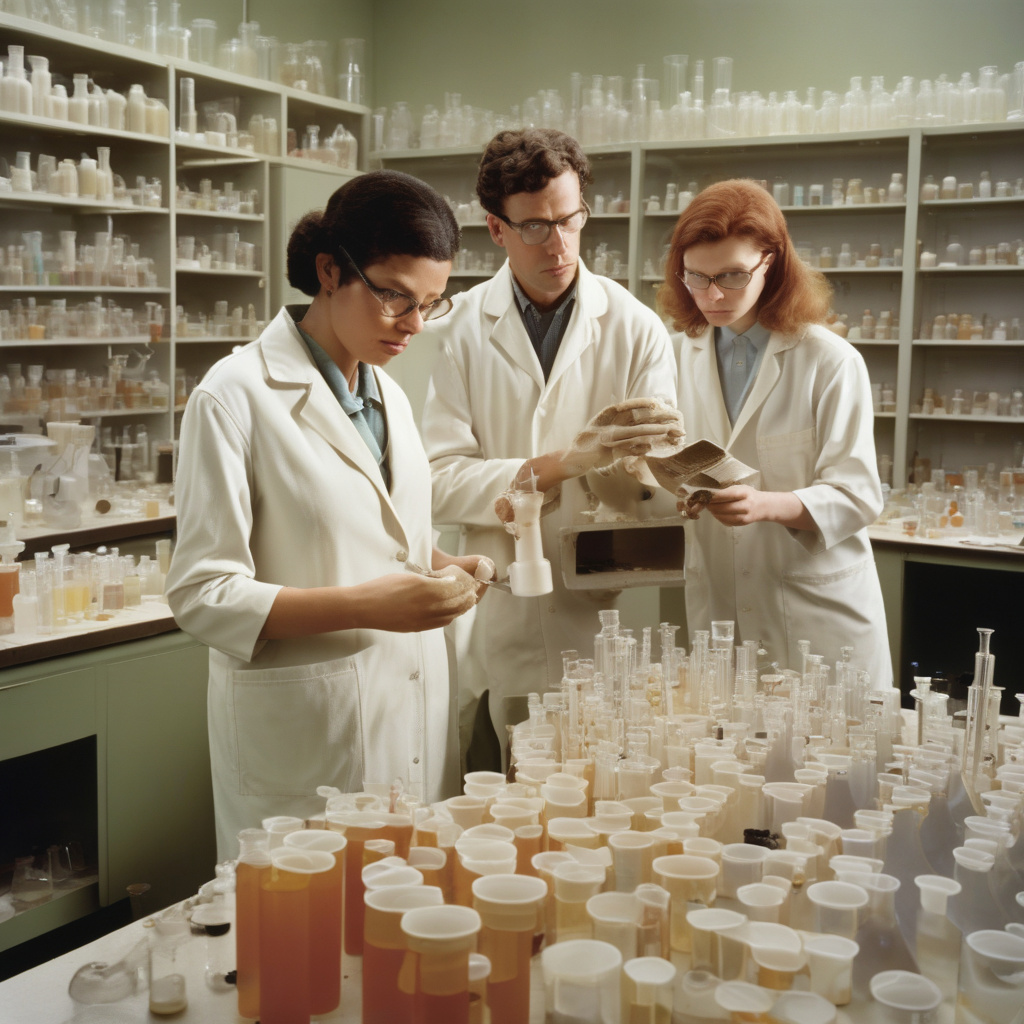Yale Scientists Crack Eggshell Waste Problem, Turn It Into Sustainable Ceramic Glaze
A New Haven ceramic artist and Yale University material scientist have teamed up to turn eggshell waste into a sustainable ceramic glaze, revolutionizing the industry’s approach to waste management and sustainability. This innovative collaboration showcases the power of interdisciplinary partnerships in driving environmental progress and creating value from unexpected sources.
The inspiration for this groundbreaking project came from the staggering amount of eggshell waste generated by the food industry on a daily basis. Instead of allowing these shells to end up in landfills and contribute to environmental degradation, the team saw an opportunity to transform them into something valuable and environmentally friendly.
Through a series of experiments and research, the scientists were able to extract calcium carbonate from the eggshells. This compound, when combined with other ingredients, proved to be an excellent material for creating a durable and aesthetically pleasing ceramic glaze. Not only does this innovation reduce the environmental impact of eggshell waste, but it also offers a sustainable alternative to traditional glazing materials that often contain harmful chemicals.
One of the key advantages of using eggshell-based glaze is its unique texture and appearance. The calcium carbonate from the eggshells imparts a natural speckled pattern to the ceramic surface, giving each piece a distinctive and organic look. This aligns perfectly with the growing consumer demand for eco-friendly products that also boast a touch of individuality and craftsmanship.
Moreover, the sustainable ceramic glaze developed by the Yale scientists offers excellent performance characteristics, rivaling traditional glazes in terms of durability, color vibrancy, and resistance to wear and tear. This proves that sustainability and quality are not mutually exclusive but can coexist to create products that are both environmentally responsible and high-performing.
Beyond the environmental and aesthetic benefits, this innovative approach also has significant implications for the ceramic industry as a whole. By demonstrating the feasibility and viability of using unconventional materials in glaze production, the project opens up new possibilities for reducing reliance on finite resources and minimizing waste generation in ceramic manufacturing processes.
As consumers become increasingly conscious of the environmental impact of their purchasing decisions, products like ceramics with eggshell-based glaze are well positioned to capture a growing market segment. The story behind these eco-friendly creations adds another layer of value, appealing to consumers who appreciate the narrative of sustainability and innovation embedded in each piece.
In conclusion, the collaboration between the New Haven ceramic artist and Yale University material scientist represents a shining example of how creativity, scientific expertise, and environmental consciousness can converge to address pressing challenges and drive positive change. By reimagining waste as a valuable resource and transforming it into a sustainable product, they have set a new standard for innovation in the ceramic industry and beyond.
sustainability, innovation, ceramic industry, eggshell waste, interdisciplinary partnership












